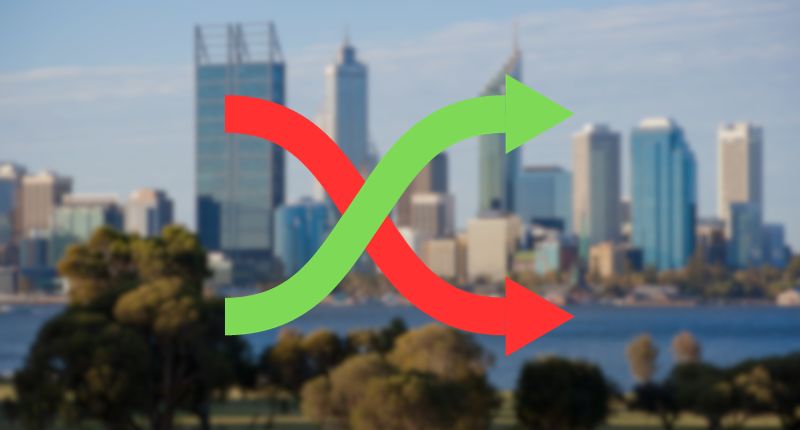- Rentals have risen by 6.4% since the year began.
- Despite vacancies tightening, the pace of rental growth slowed.
- House value rises outpaced slowing rental growth, sending yields mildly into reverse.
The cost of renting in Australia has increased again, now 6.4% higher over the first nine months of the year, and 8.4% higher over the past 12 months, according to the latest from CoreLogic; September saw Australian rental prices move up 0.7%.
While rentals recorded rises, Australian vacancy rates did the opposite. Vacancies across the nation are back at 1.0% across the capital cities and 1.2% across regional Australia. Some capitals like Adelaide recorded a shocking low of 0.3%, while Hobart vacancies were significantly higher at 2.5%.
“Rent markets remain tight pretty much everywhere.”
Tim Lawless, CoreLogic
“The pre-COVID average for capital city vacancy is 3.1%. To see some cities with a vacancy rate persistently at sub 1% levels is alarming to say the least,” said CoreLogic research director, Tim Lawless.
“No doubt there are a broad range of negative social outcomes stemming from the undersupply of rental housing, the worst being increased rates of homelessness and rough living.”
Renter relief as growth slows
The pace of Australian rental price growth has slowed in most markets despite the tightening of vacancy rates.
Rentals grew by 1.9% in the September quarter, an eight percentage point drop from the June quarter result of 2.7%; the first quarter of 2023 recorded a 2.9% rise.
CoreLogic data also shows that annual rental growth has peaked, however, it remains elevated; Australian rental prices grew 10% over the past 12 months.
“The slowdown in rental growth may seem counter intuitive at a time when vacancy rates are tightening,” said Lawless.
“However, this is probably a signal that rental affordability constraints are forcing a structural change in household formation as group rental households re-form and renters seek to maximise their tenancies in an effort to spread rental costs across a larger household.
“Data released by the RBA earlier this year clearly shows a rise in average household size following a drop in the average number of persons per household during the worst of the pandemic.”
It was also observed that the trend in gross rental yields has flipped, with housing values moving up, and rental growth slowing. The report noted that the past five months have seen dwelling values rise faster than rents, sending gross yields mildly into reverse.










